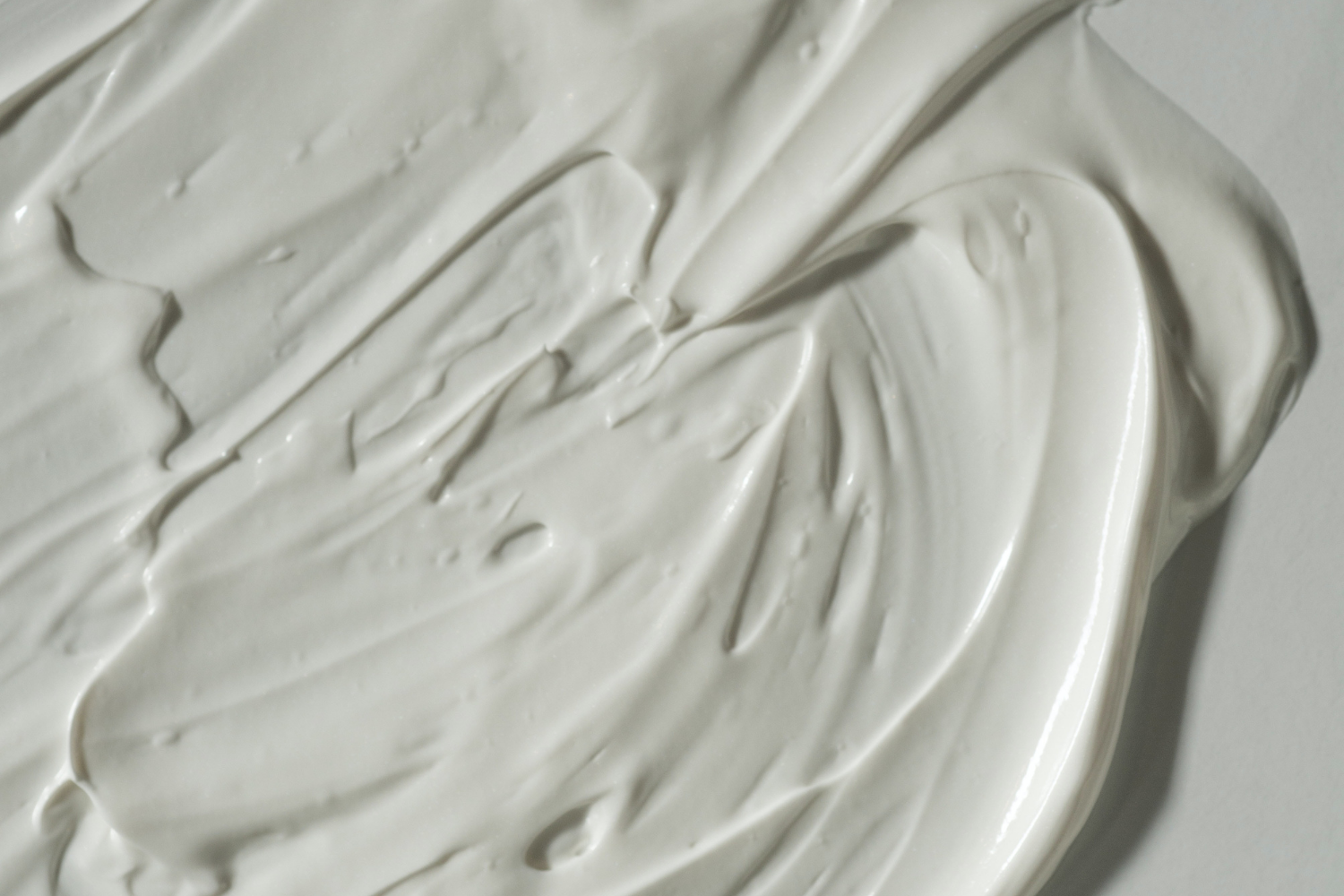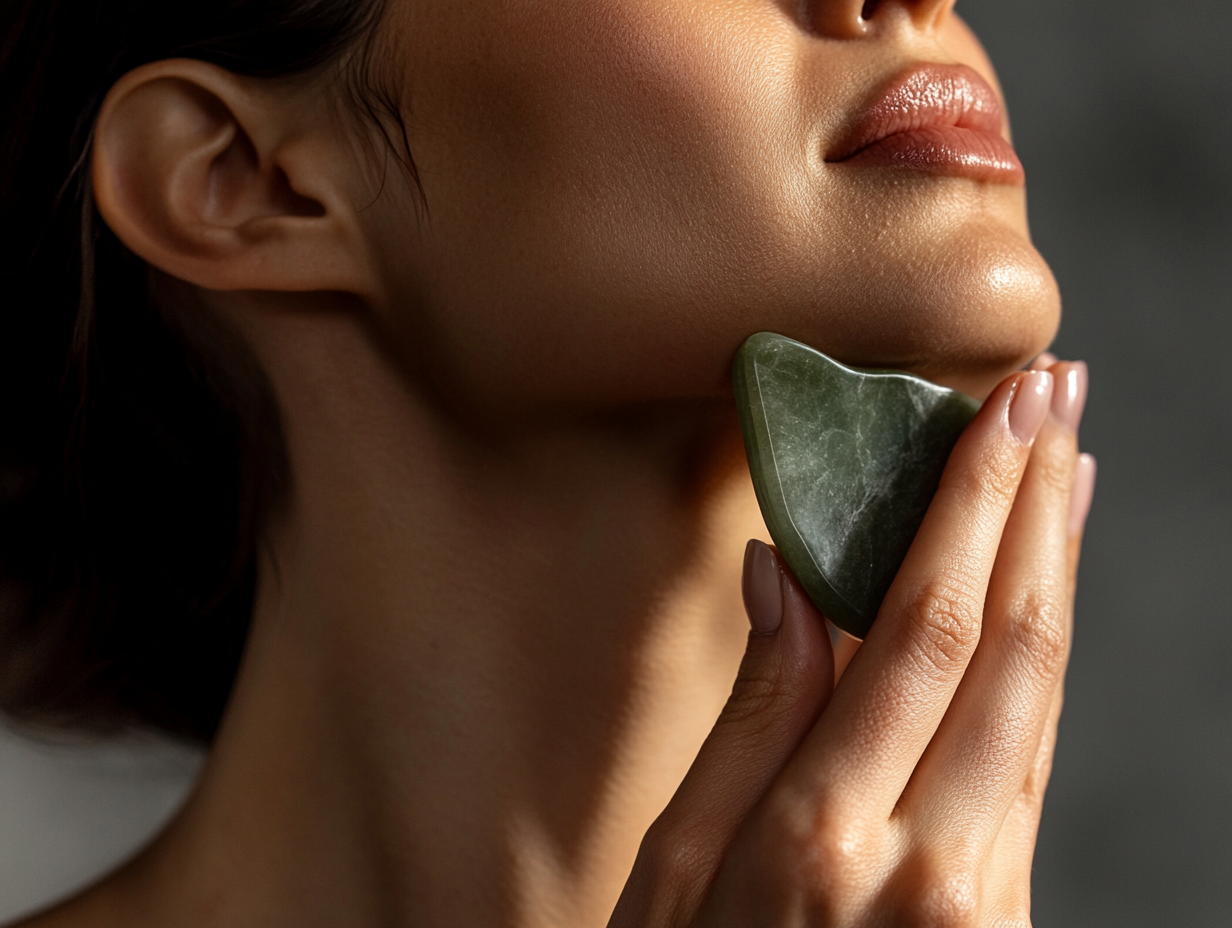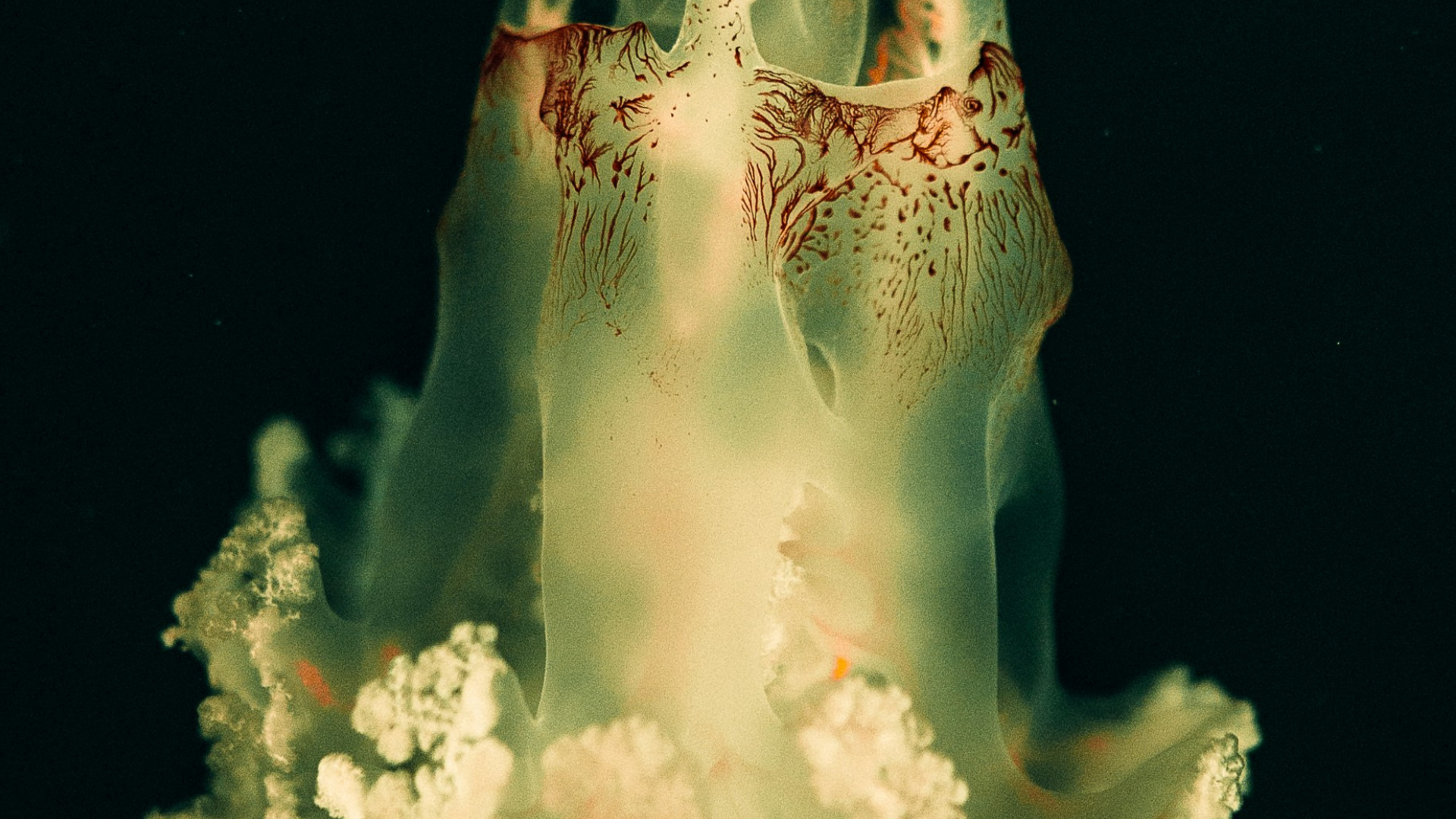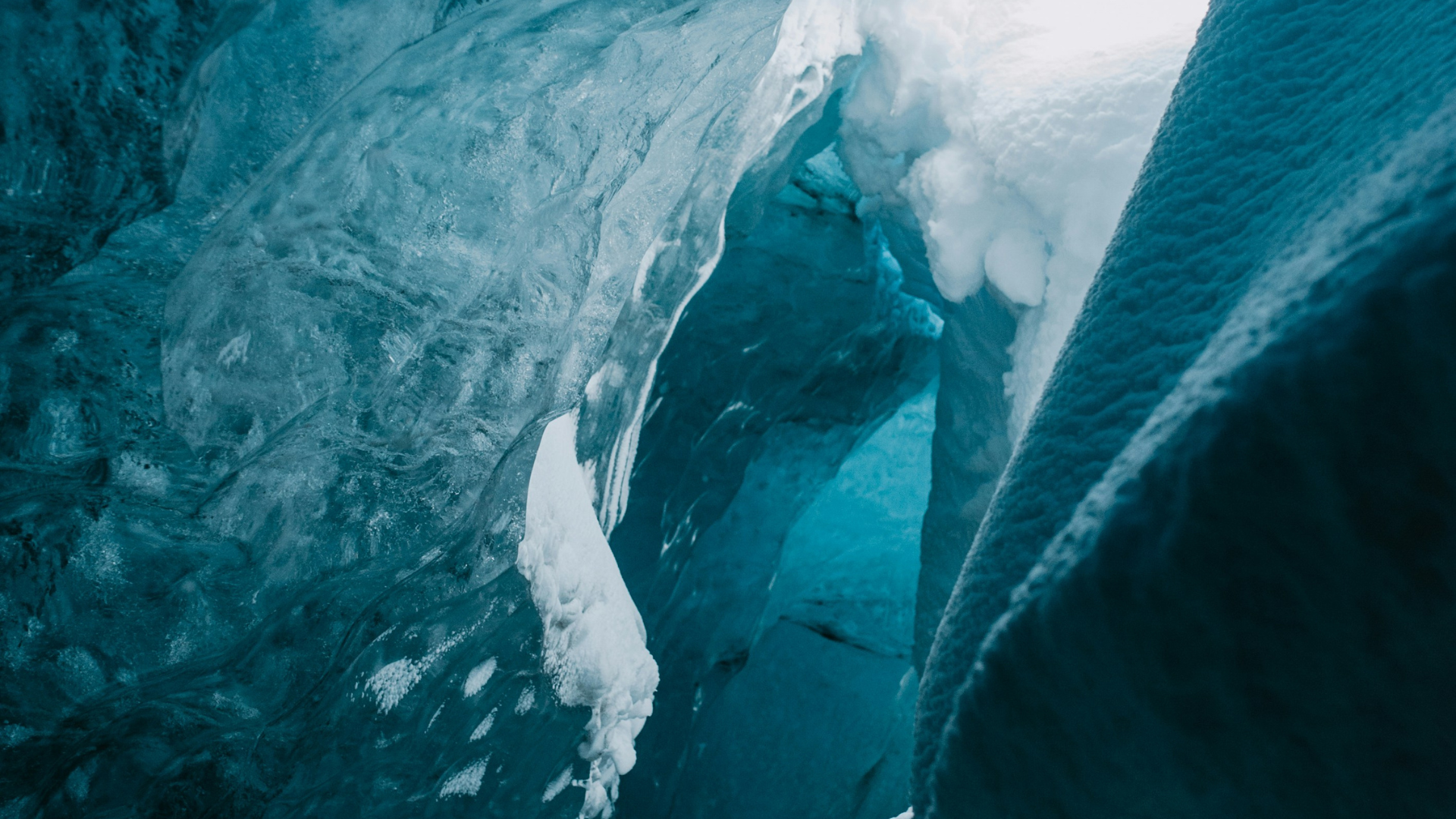THE THREE SNEAKY INGREDIENTS TO BLACK LIST FROM YOUR SKINCARE
Published: 05.18.2022
The term ‘clean’ has become super popular in the last decade, but the regulations on what actually constitutes as clean fall extremely short.
I started really ‘cleaning up’ the products I used about eight years ago after seeing the toll medical grade skincare took on my skin. I noticed tons of products that used words like ‘clean’ and ‘green’ in their marketing, but something told me to take a deeper look before I bought.
What I found was that so many of these products contained questionable ingredients that at best damaged the skin barrier, and at worst were cancerous. And yet, these brands touted themselves as being ‘clean’.

The more I looked the more brands and products I found that snuck these toxic chemicals into their products. They seemed to get away with it simply because they hadn’t been banned yet. I was outraged. I couldn’t believe how many of these products there were and that no one seemed to be calling them out.
It seemed we were all being duped by marketing language.
That’s when I started creating my own skincare, and went to great lengths to find truly clean alternatives for other products, like hair care, makeup and cleaning supplies.
Before you can start making amazing choices on what products to buy and which to avoid, you need to know what ingredients are safe and which are not.
While the list goes on, here are three of the most common toxic ingredients hidden in your favorite products:
Sodium Lauryl Sulfate
This is by far the most commonly used ingredients in cleansing products; hand soap, body wash, toothpaste, shampoo, and yes, facial cleansers. SLS functions as a surfactant and emulsifier responsible for creating suds and foam, and it also helps keep ingredients like oil and water from separating.
The most straightforward issue with SLS is that it damages your skin barrier, which creates inflammation, dehydrates your skin and contributes to premature aging. It can also accumulate in your body overtime, and may cause respiratory irritation, cataracts, and psoriasis.
It also mimics estrogen and may be contaminated with measurable amounts of carcinogens such as ethylene oxide and 1,4-dioxane.
What to look for instead: Trade your foaming facial cleansers for oil cleansers like Halo and Prism, and look for hand soap, body wash, and shampoo that uses ingredients like coco glucoside, decyl glucoside and Sodium lauryl glucose carboxylate instead.

Phthalates
This is one that you probably recognize as being bad, but aren’t sure what exactly it is or what it does. Same. Now, here’s the insane thing - phthalates are chemicals designed to make plastics more flexible or harder to break.
If you’re wondering why in the heck this ingredient would be in any product you actually use on or around your body, well, same. The short answer is that it shouldn’t be used. The long answer is it helps make manufacturing certain cosmetics cheaper and easier. It’s most commonly used in moisturizers to soften skin, as well as hairsprays, nail polishes, and lipsticks.
These chemicals are known to be endocrine disruptors, which means they can negatively affect your hormones and interfere with the reproductive system. They have also been linked to respiratory issues like asthma.
The other problem with phthalates is that they’re hard to spot. Product labels don’t simply state, ‘phthalates’. Because there are so many variations, you need to be extra diligent when looking out for them. They may also be hidden under the blanket term: fragrance.
Here are a few examples of phthalates: DBP (dibutyl phthalate), DINP (diisononyl phthalate), DEP (diethyl phthalate), DEHP (di-2-ethylhexyl phthalate), DMP (dimethyl phthalate), BBP (benzyl butyl phthalate), DNOP (di-n-octyl phthalate), DIDP (diisodecyl phthalate).
What to look for instead: Opt for natural moisturizers like shea butter, broccoli seed oil, or for non-vegans, beeswax. You can also use facial oil serums like Gloss and Fountain, instead of cream moisturizers. Finally, avoid anything that lists “fragrance” as an ingredient, period.
Polyethylene Glycol (PEG)
Of all the harmful ingredients hidden in the leading ‘clean’ products, these ones seem to be bursting at the seams. Just when you think you’re using a clean, healthy product you take a peek at the full ingredient list and find a PLETHORA of bad ingredients like PEGs (La Roche Posay - I’m looking at you).PEGs are petroleum-based compounds that are used in skincare products as thickeners, solvents, softeners, and moisture-carriers. They are also used in pharmaceuticals as laxatives (who said you can’t soften your skin and your stools at the same time SMH!).
Like SLS, these chemical compounds have been known to be contaminated with carcinogens. PEGs themselves show some evidence of genotoxicity, and if used on broken skin, can cause systemic toxicity. So, there’s that.
It can also strip the natural oils (sebum) from your skin and trigger your sebaceous glands to make more sebum that can cause your skin to break out. Furthermore, they can make other dangerous ingredients like phenoxyethanol (don’t even get me started) absorbed more readily into your skin.
What to look for instead: Look for waterless products that contain 100% plant based ingredients like the STUNNing Skin Set. Polyglyceryl-6 Stearate is a safe, plant-derived, alternative to PEGs that is a great option when using water-based products.

For now, read your labels and feel free to email me with any questions about specific products or ingredients. There are some ingredients that sound scary that are actually great like tocopherol and caprylic trigylceride.
So, do your due diligence. And, don’t beat yourself up if you have to use something that you know isn’t great because it works. Just do the best you can with what you’ve got, and at the very least avoid anything that lists ‘fragrance’ as an ingredient (more on that next time).




